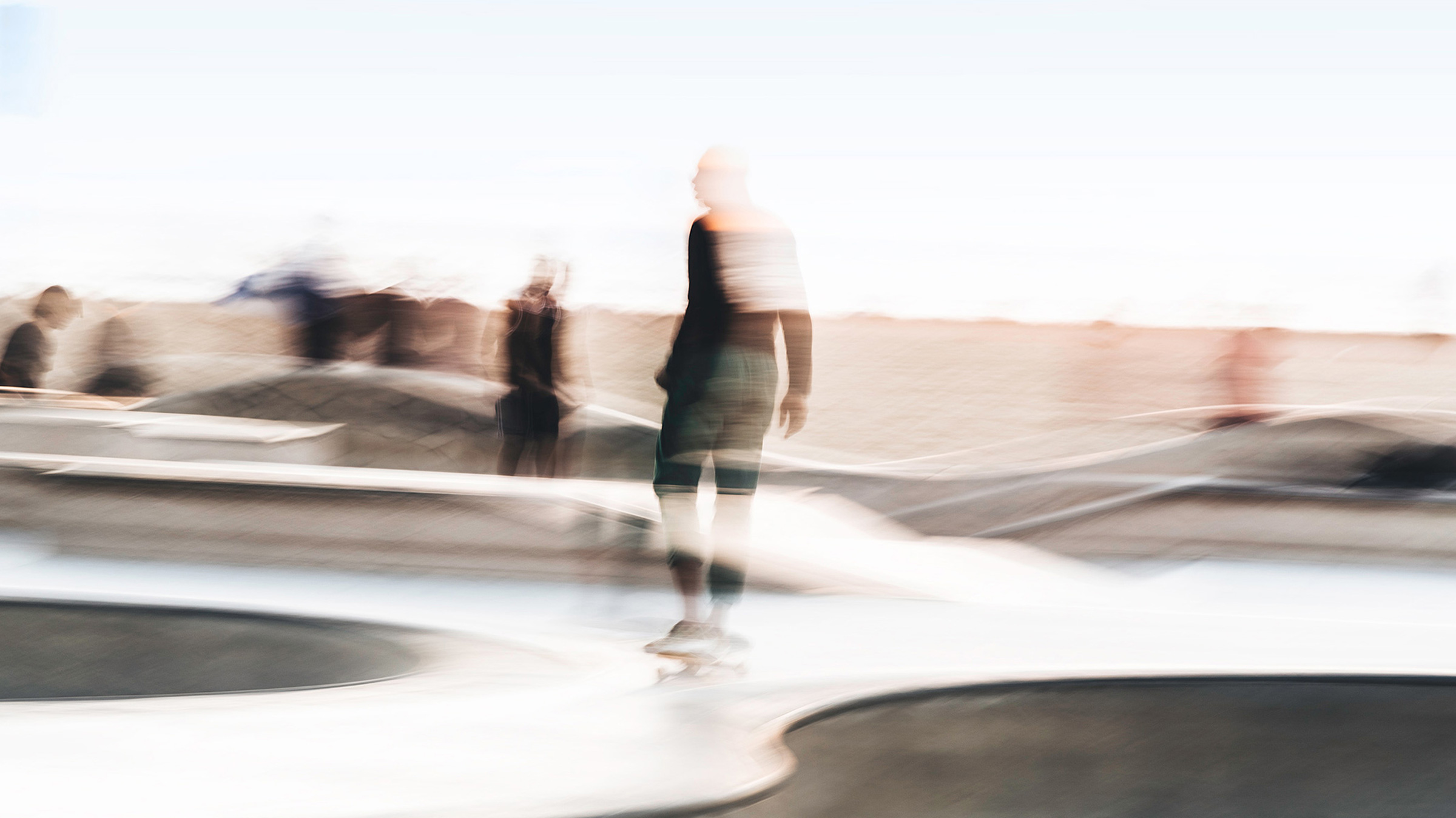PR man by day, artist by night, Paavonpera keeps the creative energy flowing in his latest exhibition.
Boston-born and Brooklyn-based, Jay Paavonpera has dived into a plethora of creative pursuits. Formerly the Head of Communications at Dior, Paavonpera now divides his time as a Global Communications Director at Nike during the day and spends evenings at his studio. As a multimedia artist, Paavonpera captures his surroundings in both cityscapes and rural environments, exploring themes of sound, motion, presence, shapes, and structures.
His show Sound Moving Away from Itself opened last week at Machus Studio in Portland, Oregon. Document caught up with Paavonpera to learn more about the inspiration and the essence behind his creative projects.
Document—What inspires your work, whether it be your photography and poetry, or any creative endeavors for Nike?
Jay Paavonpera—I work across a lot of genres: painting, photography, poetry, sculpture. But there’s a consistency in their inspiration—presence, existence, movement, and the physical evidence of time, action and interference. As a creative person, Nike is a great company to work for. Since its inception, the company has championed creativity in a multitude of ways—not just with industry-leading, innovative product, but, too, with marketing and world-renowned iconic advertising.
Document—How do you maintain a fresh perspective in a creative world that can often feel over-saturated with new ideas?
Jay Paavonpera—The creative part of my brain feels impossible to turn off. I feel hyper-aware of my surroundings, tracking shadows, light, color, space. I find myself constantly grabbing for a pen, a camera, something to document a moment that in and of itself may be nothingness, but at the same time is something.
Document—Your website humorously displays a rejection email for a poetry pitch to The New Yorker. What advice would you give to an emerging artist or writer, or what advice do you wish was given to you when you first started out?
Jay Paavonpera—Ha. Yes. I admire what a rejection letter represents. It’s actually not necessarily a negative interaction. If anything, there’s a sense of value in an attempt at something. It’s a tacit acknowledgment of work ethic—you’ve created something, challenged yourself, possibly exposed a vulnerability, and you’ve gone so far as to test its viability—artistic or otherwise—with a stakeholder. So, if a rejection letter comes, it’s a great opportunity to relook at the work, assess the mistakes, ask yourself ‘What can I do better next time?’ I implore everyone to risk failure; risk exposing yourself to an opportunity to improve.
Document—Your projects like Martin Luther King Boulevard (MLK B), A Cigarette Slowly Burning, and your curated playlists seem like they were drawn from experiences which called for different mediums. Do you often experiment with a variety of materials? Do you decide the best way to present a concept, or are your projects developed more organically?
Jay Paavonpera—I’m constantly experimenting, yeah. The examination of new content, themes, and varied mediums is what excites me most about the work. Like, how can this idea about time, presence, movement, existence take form as a painting? How does it look as a collection of songs that may have formed an unexpected emotion? How is it represented as a snapshot, a photograph? I like the feeling of awareness brought by that sort of curiosity.
Document—Tell us a bit about the intention behind your show Sound Moving Away from Itself. What was the thinking and creative process behind that?
Jay Paavonpera—I’ve been photographing the skate park in Venice Beach for years—and the LES Skate Park at Colman Playground in New York City. (My photo archive from both locations is ridiculous!) Recently, I’ve been toying with long exposures in my photography practice—of landscapes, of cityscapes, of clouds, of people, of birds tracing the evening skies, and here of the skateboarders at Venice Beach. I like the way the camera captures stillness in motion, motion in stillness. Time moving slow.
Document—What do you hope viewers take away when they see your work?
Jay Paavonpera—I hope that the work—in whatever form it takes—invites a conversation about the themes I mentioned earlier, memory, movement, existence, presence.























